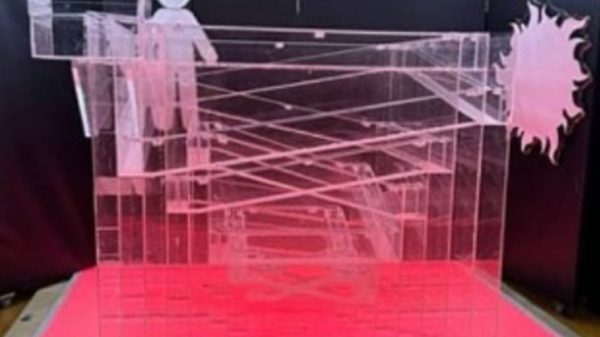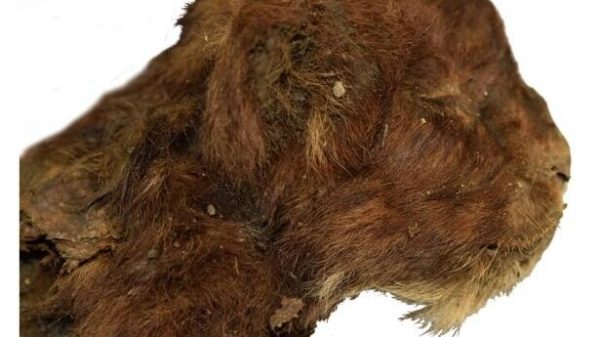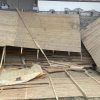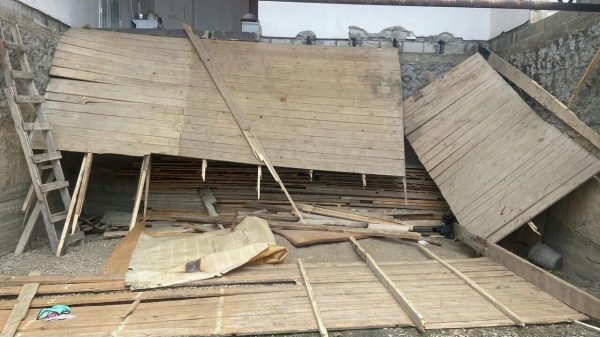Archaeologists were able to disassemble the remains of a circular settlement using lidar
A major archaeological discovery was made in the western French region of Côte d'Armor. The ruins of a circular Iron Age village have been discovered using revolutionary satellite imaging technology.

The village, located on Cap d'Erquy, consists of about twenty huts located around a central square. Archaeologists believe that this village was inhabited by a Gallic community between the 8th and 5th centuries BC. According to the researchers, the remains of about 20 structures were discovered using lidar.
Developed by the National Institute of Electronic Realistic Archaeological Research and known as Lidar, the technology uses lasers to scan the ground and create volumetric reconstructions of unparalleled accuracy. This process allows the discovery of hidden structures invisible to the naked eye, without the need for invasive excavations.
Côtes d'Armor is a French department located along the English Channel. It is located about 390 kilometers west of Paris.
To clarify: the territory that the ancient Gauls called their homeland included parts of western Germany, northern Italy and Belgium, as well as modern France. The Celts were divided into several tribes, and each community was ruled by a landowning class.
The tribes throughout Gaul acted independently of each other and united only in times of crisis. Each tribe had its own leaders and religions. During the Gallic Wars (58–50 BC), Julius Caesar led the Roman conquest of Gaul. According to research, the Gauls migrated south into the Mediterranean in the 5th century BC, meaning the community on the northern coast was likely abandoned.
“This is an exceptional discovery that gives us a better understanding about the daily life of the Gauls during the Iron Age. This technology opens the way to significant new discoveries and makes it possible to explore archaeological sites that were previously inaccessible,” explains INRAE archaeologist Jean-Yves Pesquebrel.
The discovery of the village of Cap d'Erqui is an impressive illustration of the potential of lidar technology in archaeology, which opens the way to major discoveries and allows you to explore archaeological sites that are inaccessible during traditional excavations.






















































Свежие комментарии